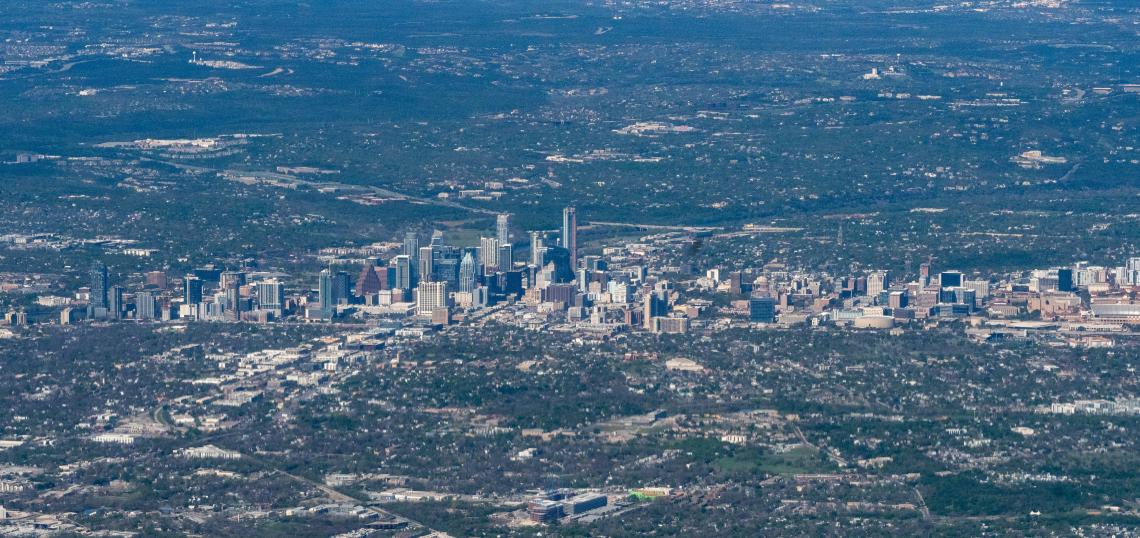After 12 years of the dubious distinction of being the the fastest growing large metro area in the nation, Austin has dropped a notch in the rankings.
New U.S. Census estimates show that between 2022 and 2023, the Austin-Round Rock-San Marcos Metropolitan Statistical Area grew slightly less rapidly than in several previous years, putting it in second place (behind the Jacksonville, Florida, metro if anyone's asking).
The Austin metro area grew at a rate of 2.1 percent, adding more than 50,000 residents between 2022 and 2023, according to the census numbers, making it the 26th most populous metro area in the nation, with the seventh-largest numeric increase in population between 2022 and 2023.
“These population estimates show a continued trend of strong and rapid population growth for the Austin metro area even if we’re not at the very top of the list,” said demographer Lila Valencia in a city press release.
Although migration continues to be a major driver of growth in the Austin region, migration from other states and other parts of Texas made up a smaller share in 2023.
A drop in migration from other states is the lowest it's been in the past decades and is the primary reason for the slower growth rate, according to the city. in the region can be attributed to historically low domestic migration. International migration, meanwhile, was the highest it has been in more than 10 years, and natural increase remained consistent.
Net migration declined in Austin metro counties Travis, Williamson, and Hays between 2022 and 2023, with the the steepest decline in Travis County, which had negative net migration, with more people moving out than moving in.
Williamson is the only one of the Austin metro's five counties that made the list the fastest-growing counties and those that experienced the greatest total numeric change in the nation. The other five Texas counties that made the fastest-growing and largest-gaining counties lists were in the Dallas, Houston, and San Antonio metro areas.






